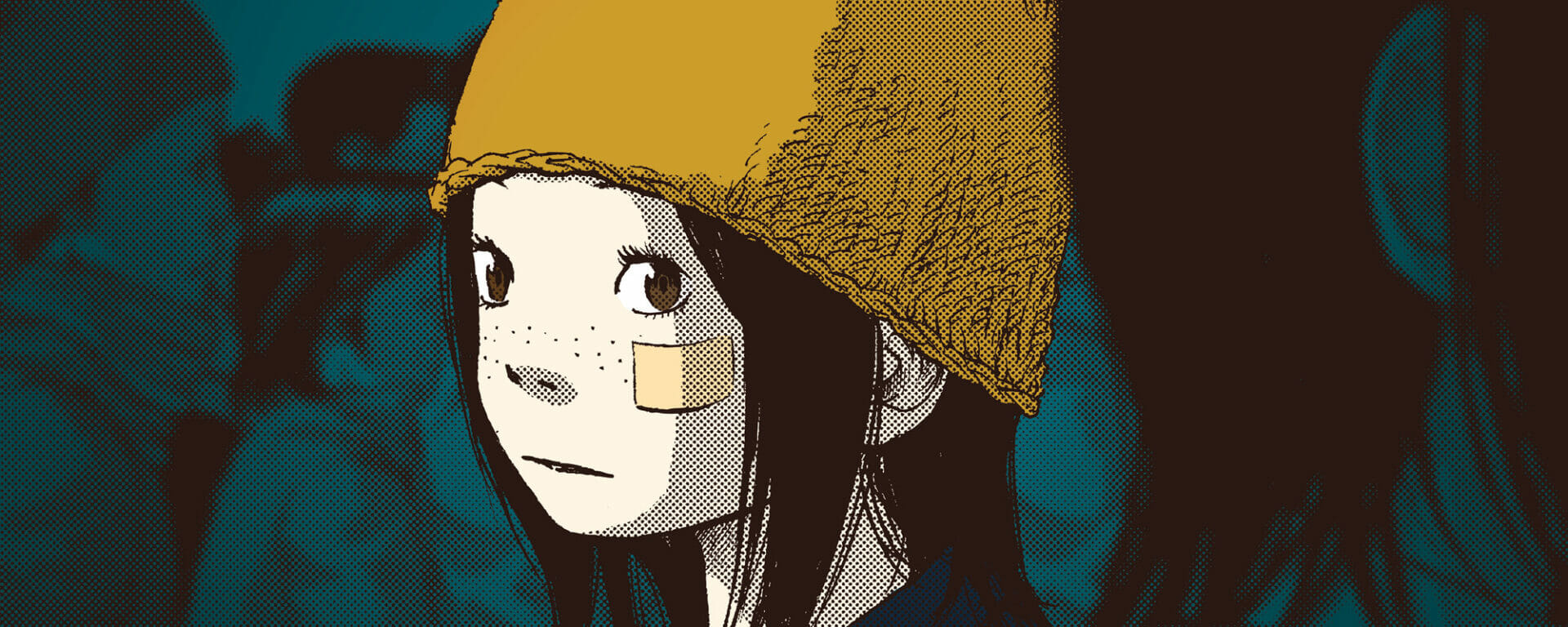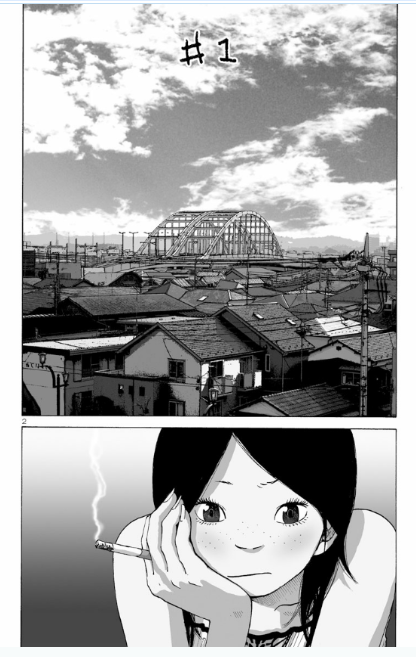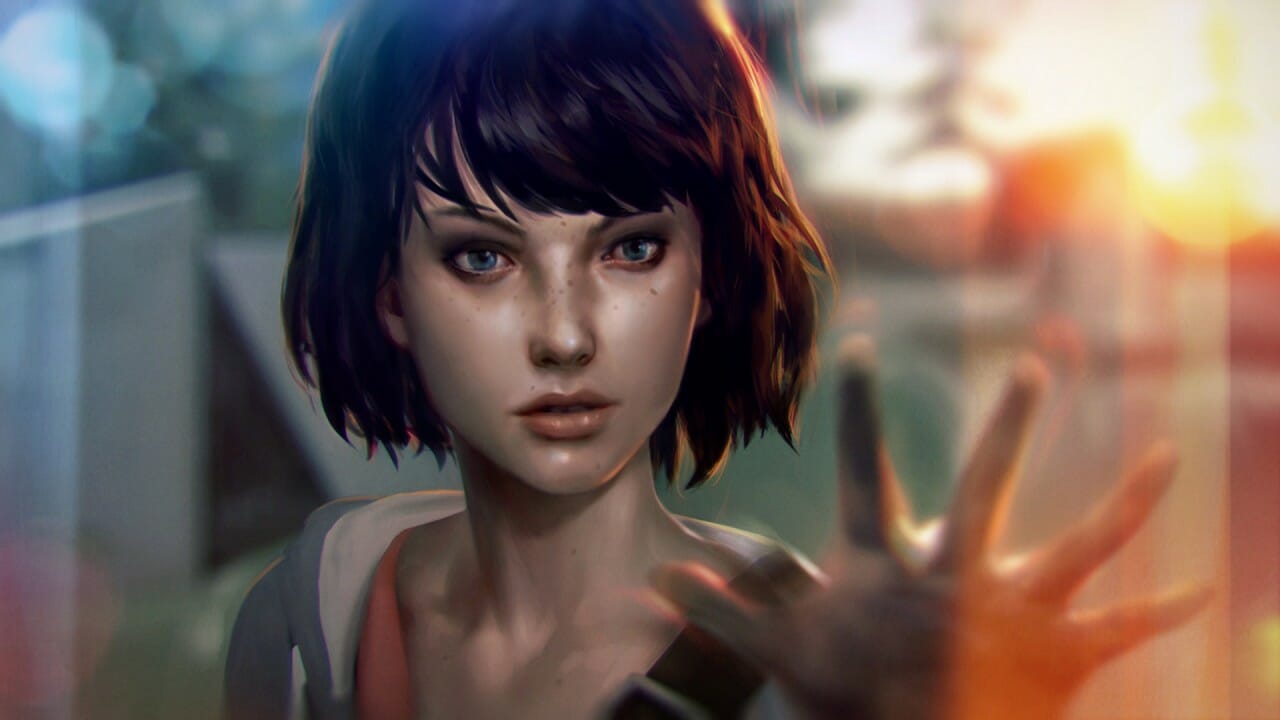
Solanin | The worst part about growing up
Author
Year
When the first volume of Solanin came out in 2005, Inio Asano had been a mangaka for 5 years already. Thanks to this work he managed to become famous worldwide. The manga was nominated for an Eisner Award and an Harvey Award in 2009. It also inspired a live-action movie and a song.
The plot follows the love story of Meiko and Taneda, a Japanese couple fresh out of their teenage years. Each of them faces different struggles within both the relationship and themselves. In particular, the choice between following their dreams and growing up seems inevitable.
Running from childhood, hiding from adulthood
The struggle of growing up has been portrayed more than a few times, by all media. For example, the classic cult movie Stand by Me – inspired by Stephen King‘s novella, which portrays the journey from childhood to adulthood in a slight horror accent, or Romulus, the Sky Studios TV series that puts the classic coming-of-age journey in a historical setting.
Solanin chooses to talk about a very specific part of becoming an adult. After college, Meiko started working an office job. While it allows her to live a decent life, it feels staler and staler for her, as she starts wondering if that is everything life has to offer. At the same time, Taneda had to put aside his dream of being a rockstar, in order to get a part-time job. He still has not given up, though it seems like there is no space for such childish dreams in his present life. Solanin‘s protagonists fight against a very common, but less talked about feeling: the sense of being headed toward a mediocre life.

The contrast between realistic and unnatural
Inio Asano uses a special technique for backgrounds: he takes a photograph, scans it and then draws on top of it. Later in his career, he started using 3d models to achieve the same result. In Solanin, Asano still used the photographic technique, creating realistic, well-proportionate backgrounds. The characters of the manga seem to live in a real environment, making their daily routines more believable and down-to-earth. The city of Tokyo depicted in Solanin would be recognizable by anyone who lives there or has visited it.
On the other hand, Solanin‘s characters themselves are not that realistic. Asano’s style is delicate and clean: every protagonist is easily identifiable with a few characteristic lines. He too follows the manga’s characteristic of exaggerated and almost grotesque expression, though not often. But somehow, this makes the characters more natural to the reader’s eyes. This combination of realistic environment and narrative with unnatural elements is a trademark of Asano, which will later be more explored in Goodnight Punpun and Dead Dead Demon’s Dededededestruction, two series started respectively in 2007 and 2014.

Solanin: the viewpoint of Asano on human nature
In an interview with Unreal Engine in 2020, Inio Asano said:
If you really think about it, manga is all about drawing people. Everyone has their own flaws and imperfections, and I take care to capture those faithfully in my artwork.
Inio Asano, 2020
Indeed, the depth of Solanin‘s characters is arguably the manga’s most noteworthy feature. Every character appears well-rounded, just like a person you could meet in your everyday life. For better and for worse: sometimes their flaws can get on one’s nerves. For example, Meiko and Taneda’s relationship has faults on both sides, faults that nobody seems to be willing to work on. But this only goes to show how much this manga can be relatable and a true window on a person’s life.
In 2017, Inio Asano published Solanin as a complete edition, adding a conclusive chapter that gives the characters an idea of where their beloved characters ended up, ten years later. The reader may feel a little grown-up too, at the end of the reading. Be it a positive mindset or an example not to follow, these characters have much to give and they are generous in giving it.
Tag
Buy a ☕ for Hypercritic










